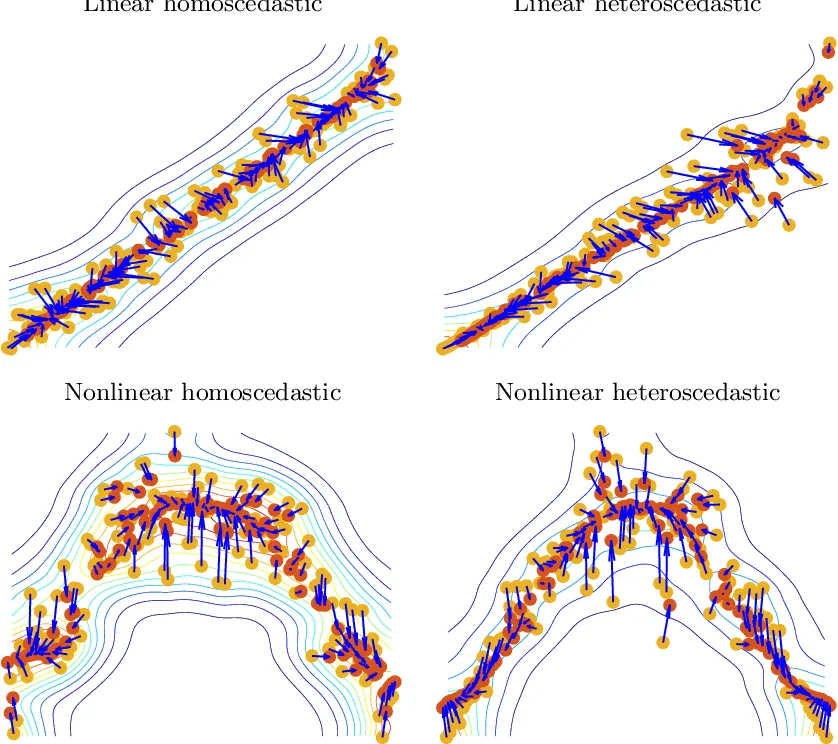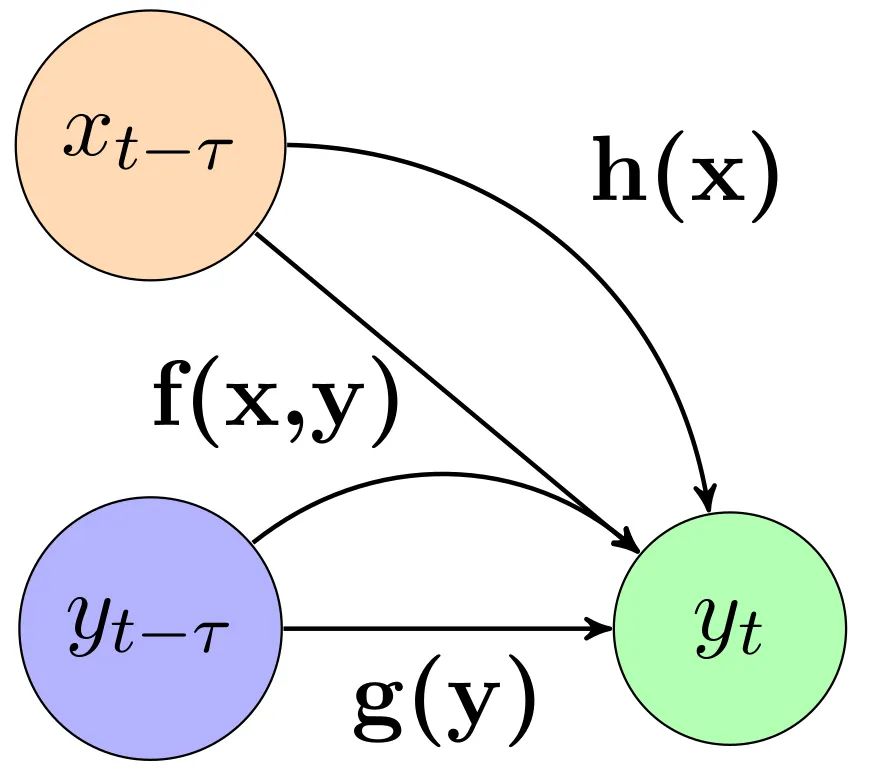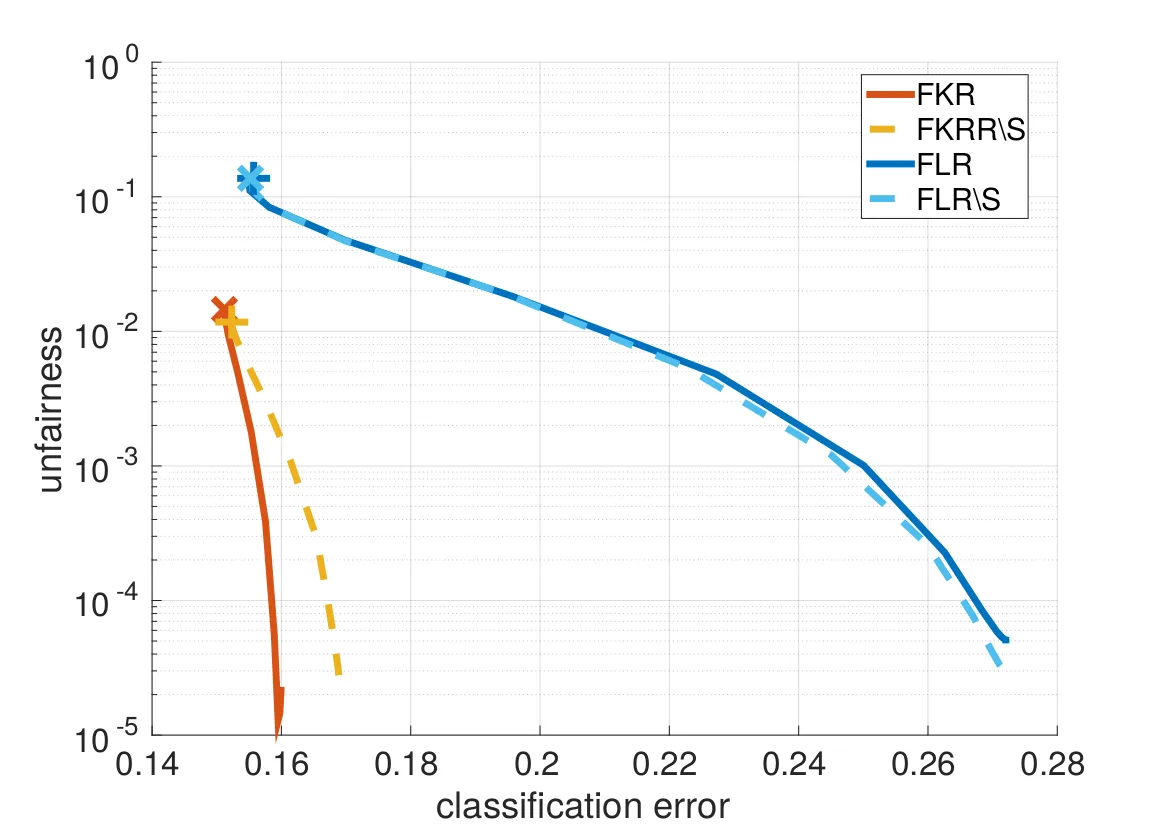Causal inference
Additive Noise Model with Dependence Gradients
Kernel dependence measures yield accurate estimates of nonlinear relations between random variables, and they are also endorsed with solid theoretical properties and convergence rates. However, they are hampered by the high computational cost involved, and the interpretability of the measure, which remains hidden behind the implicit feature map. Sensitivity Maps for the Hilbert-Schmidt independence criterion (HSIC) provide a way to explicitly analyze and visualize the relative relevance of both examples and features on the dependence measure.
References
- Sensitivity maps of the Hilbert–Schmidt independence criterion. Adrián Pérez-Suay and Gustau Camps-Valls. Applied Soft Computing 2017.
- Causal Inference in Geoscience and Remote Sensing from Observational Data. P’erez-Suay, A. and Camps-Valls, G. IEEE Transactions on Geoscience and Remote Sensing 57 (3): 1502-1513, 2019
CauseMe: A Web Platform for Causal Models Comparison
Detecting causal associations in time series datasets is key for novel insights into complex dynamical systems like the Earth system or the human brain. The CauseMe platform provides benchmark datasets with ground truth, featuring different real data challenges to assess and compare causal discovery methods. The available datasets vary in dimensionality, complexity, and sophistication, allowing researchers to evaluate their methods in a consistent manner.
References
- Inferring causation from time series with perspectives in Earth system sciences. Runge, J. et al. Nature Communications 2553:1-13, 2019.
- Causal discovery in Earth system science: State-of-the-art and a new Causality Challenge platform. Runge, J. and Munoz-Marí, J. and Camps-Valls, G. AGU Fall Meeting, Washington, USA 2018.
Cross-Kernel Granger Causality
Granger causality (GC) is a widely used approach for detecting causal relations, but it struggles with nonlinearity and nonstationarity. Cross-kernel Granger causality generalizes the method using kernel functions to capture nonlinear cross-relations between variables, addressing the limitations of traditional GC in handling nonstationary processes.
References
- D. Bueso, M. Piles, and G. Camps-Valls. Cross-Information Kernel Causality: Revisiting global teleconnections of ENSO over soil moisture and vegetation. Proceedings of the 9th International Workshop on Climate Informatics: CI 2019.
- Revisiting impacts of MJO on soil moisture: a causality perspective. Diego Bueso, Maria Piles, Gustau Camps-Valls. AGU Fall Meeting, San Francisco, USA 2019.
Fair Kernel Learning
New social and economic activities massively exploit big data and machine learning algorithms to do inference on people’s lives. Applications include automatic curricula evaluation, wage determination, and risk assessment for credits and loans. Recently, many governments and institutions have raised concerns about the lack of fairness, equity and ethics in machine learning to treat these problems. It has been shown that not including sensitive features that bias fairness, such as gender or race, is not enough to mitigate the discrimination when other related features are included. Instead, including fairness in the objective function has been shown to be more efficient.
References
- Fair Kernel Learning. Adrián Pérez-Suay, Valero Laparra, Gonzalo Mateo-García, Jordi Muñoz-Marí, Luis Gómez-Chova and Gustau Camps-Valls. ECML PKDD 2017 (Accepted).



